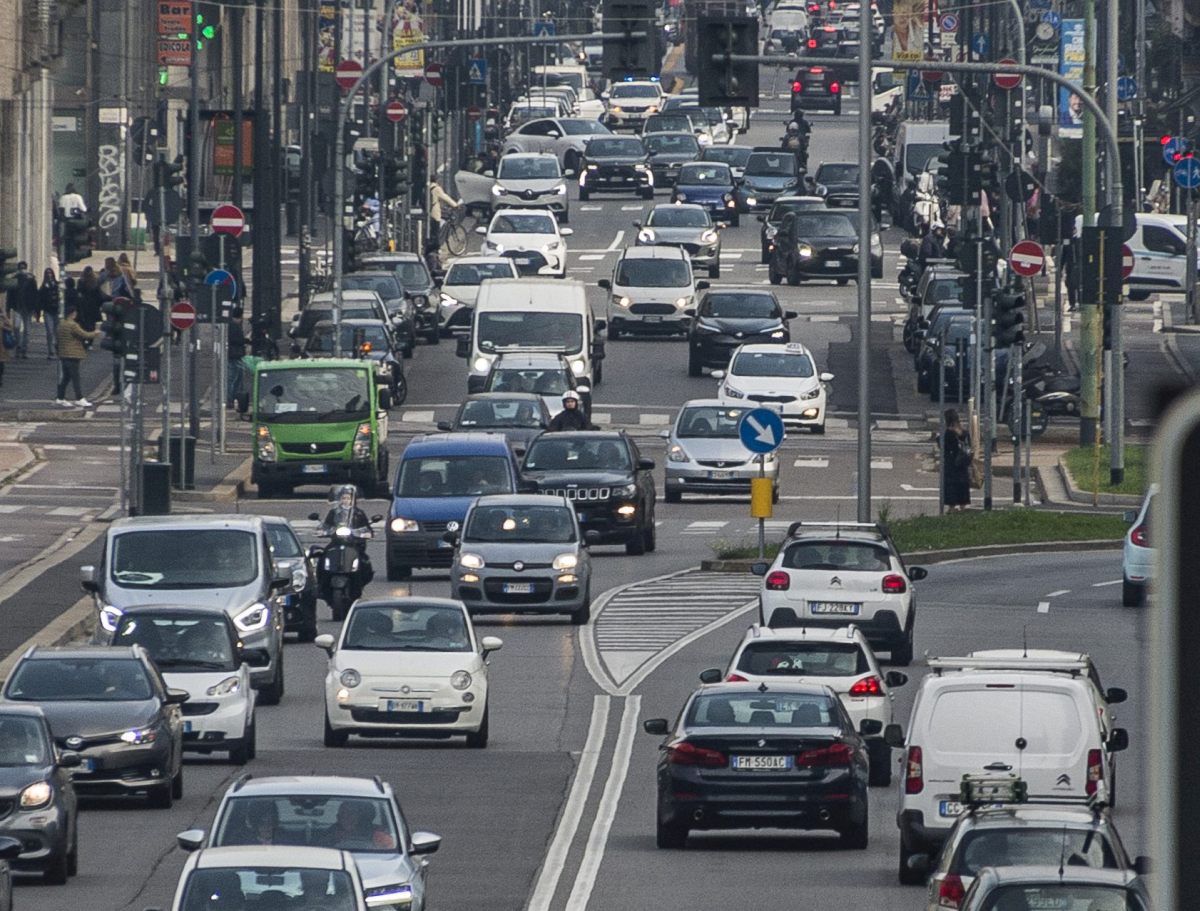ROME (ITALPRESS) – In Italy, nearly half of automotive companies do not plan significant investment in new products, and, of those who do invest, the majority intend to do so in electric mobility, which also stands as the only sector of the industry with prospects for employment growth. This is what emerges from the analysis presented today at the Ministry of Business and Made in Italy by the TEA Observatory, the observatory on the transformations of the Italian automotive ecosystem, led by the Center for Automotive & Mobility Innovation at Cà Foscari University Venice (CAMI) and CNR-IRCrES, as part of the event “Electric Mobility and the Italian Industry: results of the 2024 survey.”The research is based on responses to a survey conducted in 2024 in which 397 of the more than 2,100 companies mapped by the Observatory, representative of the Italian automotive industrial ecosystem, participated. The responses show that 48.1 percent of companies will remain essentially stationary in terms of investment in the three-year period 2024-2027, giving up developing new products in the wake of the climate of uncertainty that has been generated in Italy on the technological transition of transportation. In terms of numbers, companies that will continue to invest will do so by looking more at electric mobility (31 percent of respondents) than endothermic engines (20.9 percent). In terms of resource volumes, 61.6 percent of investments will be in components that are not related to the type of vehicle power supply, reflecting the highly invariant nature of the supply chain’s product portfolio and expertise. 17.9 percent of investments will focus on the development of exclusive components for electric vehicles, 10.1 percent on components peculiar to endothermic vehicles, 6.7 percent on engineering and design, and only 3.8 percent on software, which will instead represent one of the main areas of challenge in the coming years.Larger companies with a more pronounced international outlook are those that demonstrate the greatest propensity for innovation, while small- to medium-sized companies, located in many cases in the South and heavily dependent on a few large principals, struggle to keep up.Looking at the ongoing technological transition, 66 percent of companies expect that in the period under consideration electrification will have no impact on their product portfolios or will not require any particular adjustments in any case, 26.6 percent are preparing to adopt a specific adaptation path, and 7.4 percent assume that they will act radically on their product portfolios or focus on other non-automotive-related activities.Alongside the issue of product development, the generalized lack of investment is also worrying on the side of process innovation: in fact, despite existing incentive policies, 55.2 percent of companies have no plans for such investments.In terms of employment, the analysis finds that companies that will invest in productions aimed at electric mobility are the only ones with a positive outlook, especially in terms of hiring in the areas with the greatest added value, such as research and development (+5.6 percent) and information systems (+8 percent).So what are companies asking for in order to best deal with the transition and to preserve (or boost) their competitiveness?At the top of the supply chain’s concerns is the issue of energy costs, followed by the need for an acceleration on the adoption of renewable sources, perceived as a relevant element of competitiveness because of the carbon footprint certifications required of component suppliers. In addition, policies are called for the diffusion of charging infrastructure, to facilitate hiring and training of personnel, and to stimulate demand for electric vehicles, thus also indirectly acting on economies of scale.Finally, actions geared toward encouraging the construction of new plants, the return of production activities to Italy, collaboration between different entities, innovation agreements for the automotive sector and the attraction of new investors are noted among the priorities indicated by the supply chain.”The research renders a picture of an extended supply chain that is not particularly exposed to the electrification of the drivetrain”-explains TEA Observatory Director Francesco Zirpoli-the current crises can be attributed mainly to a significant and generalized decrease in orders that mainly affects suppliers who have a high volume of business with Stellantis. The analysis identifies a very significant number of companies that have high growth potential in the next three years. These are the ones that invest more than average in innovation and that from Italy have grown abroad. “The companies’ responses to the survey confirmed last year’s results, companies in the Italian extended automotive supply chain invest more in new products for vehicle electrification than in components for traditional motorizations and this also translates for these companies into better employment performance,” points out the Head of the survey and data analysis, Giuseppe Calabrese, “however, difficulties in finding adequate personnel persist, especially for the most qualified positions as is evidenced by the request for industrial policies. In addition, a poor relationship with financial institutions to foster innovation is reported.”
– Photo Agency Photogram –
(ITALPRESS).

